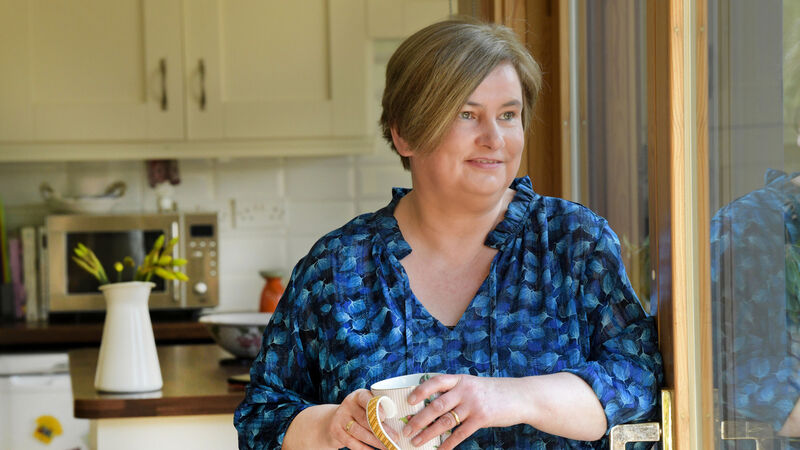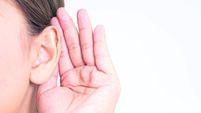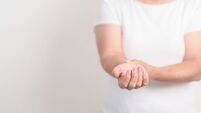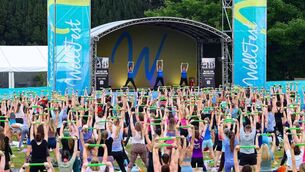I'm in my early 50s but I struggled to recover from a recent fall

Fiona Dooley, who tripped on a kerb and suffered serious soft-tissue damage, says she had a slower recovery than would have been the case when she was in her 40s. Picture: Moya Nolan

Celebrating 25 years of health and wellbeing











